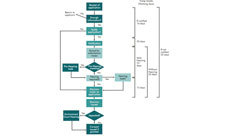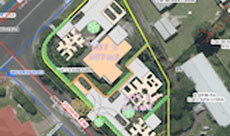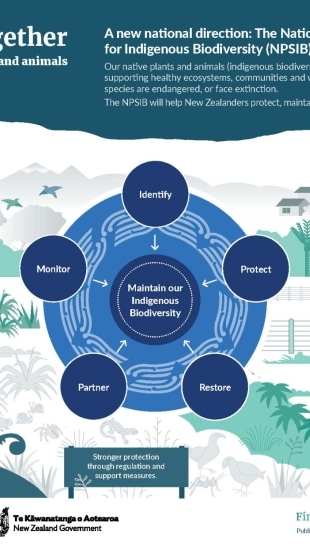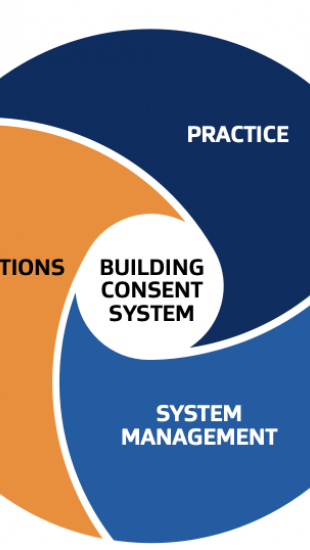Changes to RMA 2017

Yesterday the Government announced that the Resource Legislation Amendment Bill passed its third reading. This means that the Bill has been subject to a final debate and vote by the House of Representatives. The Bill proposes significant changes to the Resource Management Act 1991 (RMA), Reserves Act 1977, Public Works Act 1981 (PWA), Conservation Act 1987 and Exclusive Economic Zone (Environmental Effects) Act 2012.
The Bill will become law when it receives the Royal assent, which generally takes about a week. Amendments which come into effect the day after the Bill receives Royal assent include:
- More generous compensation for land acquired under the PWA
- Adding a function for regional councils to establish, implement and review plan provisions to ensure there is sufficient development capacity for housing and business land to meet the expected demand
- Provision for streamlined planning processes to improve responsiveness
- Provision for collaborative planning processes to encourage community-led solutions
- Provision for establishing national planning standards aimed at improving efficiency
- Changes to improve Māori participation arrangements.
On 1 June 2017, amendments to the Exclusive Economic Zone (Environmental Effects) Act 2012 take effect including a requirement to include a decommissioning plan to cover the decommissioning of offshore petroleum installations. Six months after the Bill receives Royal assent, changes to the Conservation Act 1987 and a number of changes to the RMA come into effect, including:
- Changes to the notification requirements for resource consent applications
- The introduction of a fast-track consent application process
- Providing councils with a discretion to exempt some activities from requiring resource consent.
The Amendment Act introduces a ‘Fast Tracked’ (10 day) consent category for minor activities. This will apply to a controlled activity that requires consent under a district plan (other than a subdivision of land), or an activity that has been prescribed as falling within the fast track category by the Governor-General (on recommendation of the Minister). If an application is fast tracked, a consent authority must decide whether to give public or limited notification within 10 working days after the date the application was first lodged with the authority (rather than the regular 20 working days).
Section 104 of the RMA is amended to require consent authorities, when assessing resource consent applications, to also consider any proposed measures to ensure positive environmental effects to offset adverse effects that may result from allowing the activity (addition of subsection 104(1)(ab)).
Phasing out of Financial Contributions
Section 108 of the RMA is amended five years from the date of Royal assent by the repeal of subsections (2)(a), (9) and (10). These are the provisions that currently authorise a condition requiring that a financial contribution be made; define a financial contribution; and require financial contribution conditions to be imposed in accordance with specific provisions in a district plan.
In the meantime, a new section 108AA, which comes into force immediately, contains requirements for conditions of resource consents, except where:
·agreed to by the applicant, or
·within a rule specifying conditions for a class of activity; or
·as provided for in sections 106 or 220 in relation to subdivisions.
Section 108AA is further limited by subsection (5), which states that nothing in the section affects 108(2)(a), which enables a resource consent to include a financial contribution condition.
Section 108AA(5) thus allows the taking of financial contributions to continue under the exisiting regime until such time as district plans are amended, or the five year period elapses. The subsection is repealed, along with section 108(2)(a), (9) and (10) five years from the date of Royal assent.
Territorial authorities will be able to continue to impose conditions for the provision of infrastructure and reserves that directly service a subdivision, but the impact of development on infrastructure and reserve demands generally will have to be met from other funding sources. Inevitably this will mean an extension of the development contribution regimes operated by many territorial authorities, and the adoption of development contribution policies by those that do not have them at present. It may also mean that greater provision is made for targeted rates to fund infrastructure in growth area.
Five years after Royal assent is given, the financial contributions provisions of the RMA will be removed.


















